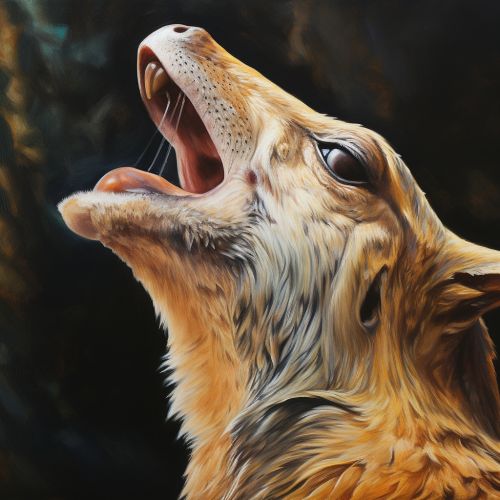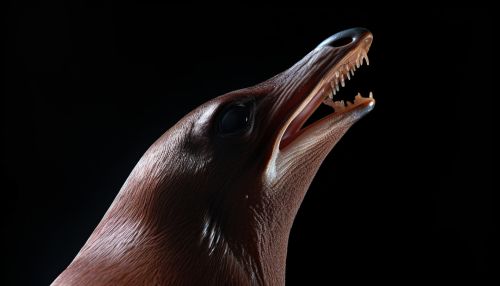Sound production in animals
Introduction
Sound production in animals is a fascinating and complex topic, encompassing a wide range of acoustic communication methods used by various species. This article will delve into the mechanisms, purposes, and variations of sound production across the animal kingdom, providing a comprehensive and detailed examination of this subject.
Mechanisms of Sound Production
Animals produce sound through various mechanisms, each adapted to their specific needs and environments.
Mammals
In mammals, sound is typically produced in the larynx, a structure located in the throat. The larynx houses the vocal cords, which vibrate when air from the lungs passes over them, producing sound. This process is known as phonation.


Birds
Birds, on the other hand, use a unique organ called the syrinx to produce sound. Located at the base of a bird's trachea, the syrinx can control the pitch and volume of the sound by altering the tension and position of the surrounding muscles and membranes.
Insects
Insects often produce sound through a process called stridulation, which involves the rubbing together of certain body parts. For example, crickets produce their characteristic chirping sound by rubbing their wings together.
Purposes of Sound Production
Animals produce sound for various purposes, primarily related to communication. These purposes can be broadly categorized into four main areas: mating calls, territorial calls, alarm calls, and social communication.
Mating Calls
Mating calls are perhaps the most well-known purpose of sound production in animals. These calls, which are often specific to each species, serve to attract potential mates. An example of this is the complex and melodious song of the songbird, which males use to attract females.
Territorial Calls
Territorial calls are used by animals to establish and defend their territory from rivals. These calls are often loud and distinctive, serving as a warning to other animals to stay away. An example of this is the roar of a lion, which can be heard up to 5 miles away.
Alarm Calls
Alarm calls are used to alert other members of the same species to potential danger. These calls are often high-pitched and urgent, designed to grab the attention of other animals. An example of this is the alarm call of the prairie dog, which varies depending on the type of predator detected.
Social Communication
Social communication involves a wide range of sounds used by animals to interact with each other. These sounds can convey a variety of messages, from the location of food sources to the status of an individual within a group. An example of this is the complex language of dolphins, which includes clicks, whistles, and body movements.
Variations in Sound Production
The sounds produced by animals can vary greatly, not only between different species but also within the same species. These variations can be influenced by a number of factors, including the animal's environment, physical characteristics, and social structure.
Environmental Influences
The environment in which an animal lives can have a significant impact on the sounds it produces. For example, animals living in dense forests often produce low-frequency sounds, which can travel further through the dense vegetation. Conversely, animals living in open environments often produce high-frequency sounds, which are less likely to be distorted by the wind.
Physical Characteristics
The physical characteristics of an animal can also influence the sounds it produces. For example, larger animals often produce lower-frequency sounds, while smaller animals produce higher-frequency sounds. Additionally, the structure of an animal's vocal apparatus can greatly affect the range and type of sounds it can produce.
Social Structure
The social structure of an animal's group can also influence the sounds it produces. For example, animals living in large groups often develop complex vocal communication systems to coordinate group activities and maintain social bonds. Conversely, solitary animals often have simpler vocalizations, primarily used for mating calls and territorial displays.
